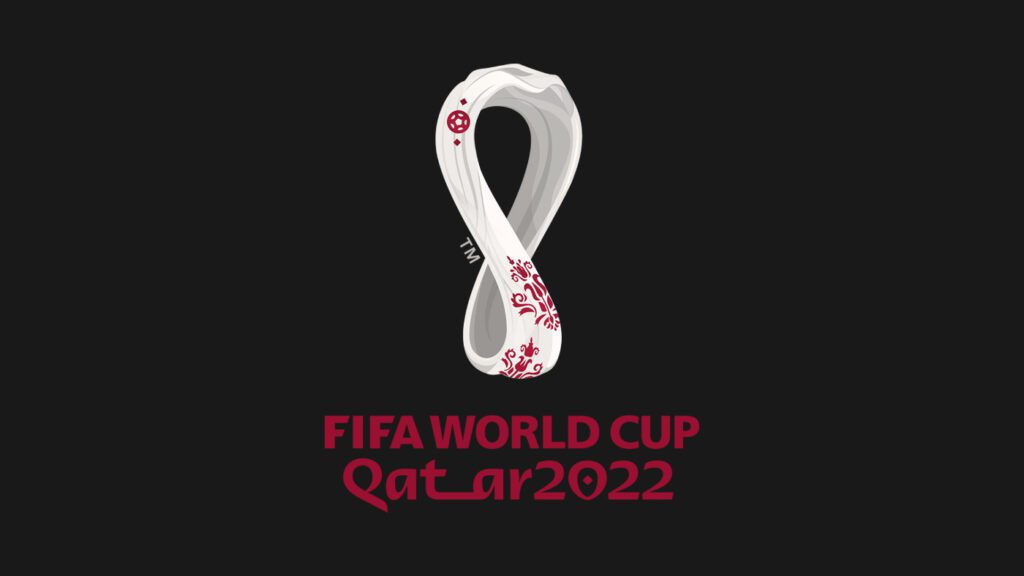
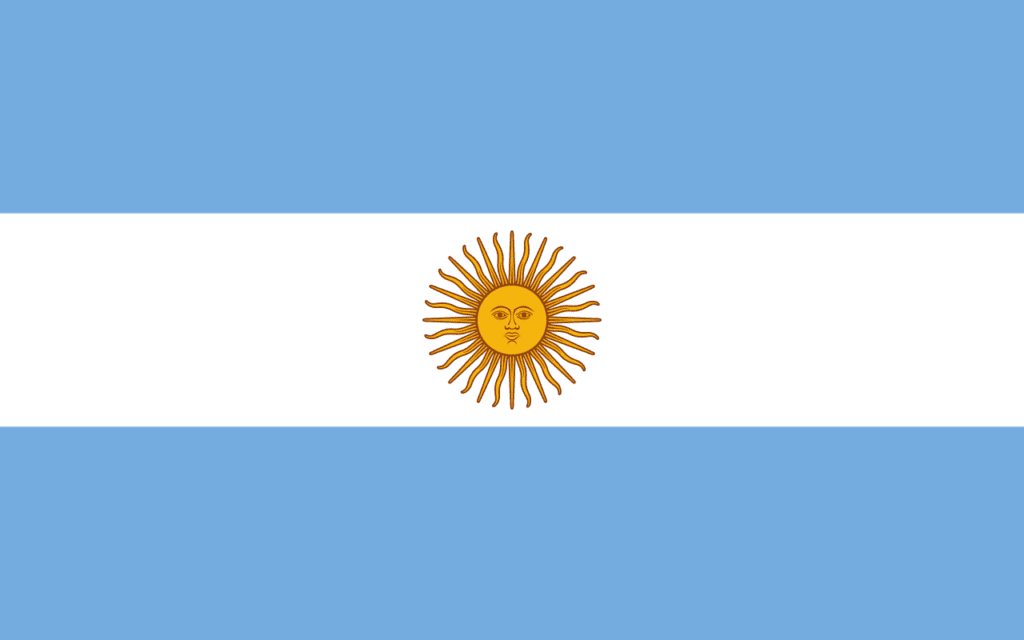

The World Cup final was a fittingly thrilling conclusion to an enthralling tournament and the 3-3 epic between Argentina and France, settled on penalties in the South Americans’ favour, will live long in the memory.
It brought a third World Cup for Argentina, though their first since 1986, when the late, great Diego Maradona led them to glory in Mexico.
From one mercurial number 10 to another, Lionel Messi took up the mantle this time around and finally got his hands on the one trophy missing from his vast collection.
But just how did Argentina win the World Cup? What was behind their success in Qatar?
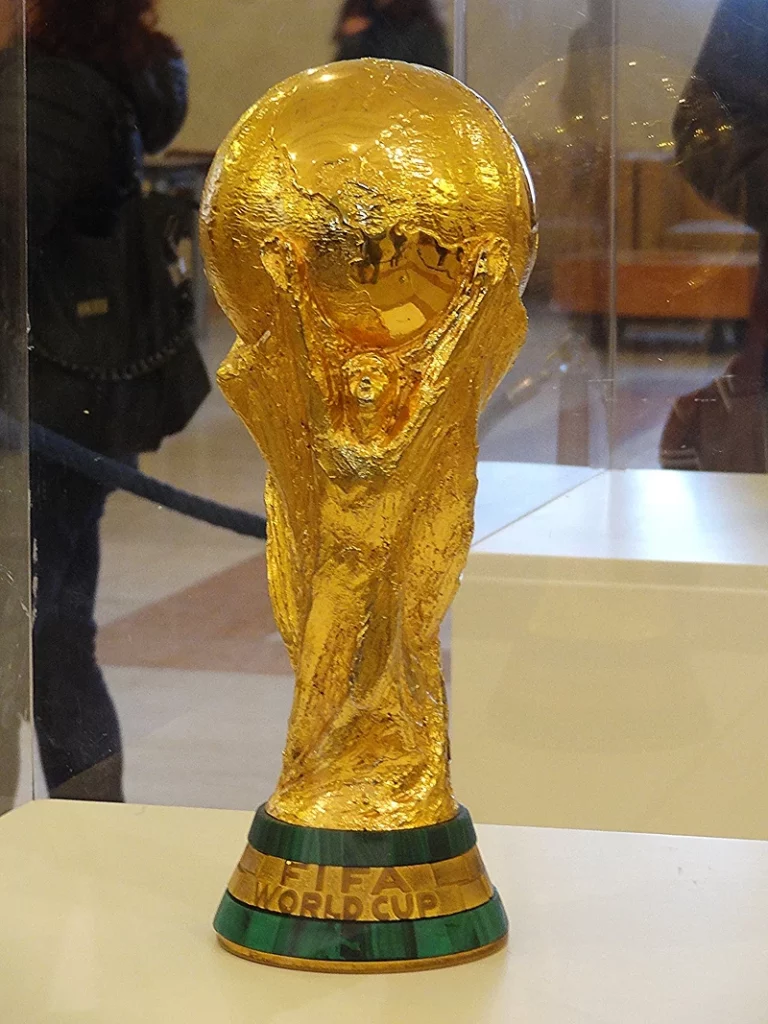

Magical Messi ‘completes football’
Messi scored seven times in the tournament, and twice in the final. His tally is only bettered by Kylian Mbappe, who became just the second player to score a hat-trick in a World Cup final, after Geoff Hurst in 1966.
His efforts in dragging Argentina over the line saw him win the Golden Ball for the second time in his career, after 2014 (he’s the first player to claim the award twice). The statistics speak for themselves.
Messi is the first player in World Cup history to net in the group stage, round of 16, quarter-final, semi-final and final in a single edition of the competition.
His appearance in the final saw him become the outright record holder for World Cup appearances, with 26, overtaking Lothar Matthaus.
He has scored 26 goals at major tournaments, 13 apiece at the Copa America and the World Cup, the most of any South American player in history across the two competitions, surpassing Brazil great Ronaldo. Messi is now Argentina’s all-time leading scorer at the World Cup, three clear of Gabriel Batistuta.
Messi’s 21 World Cup goal contributions is also a World Cup record, since 1966.
His tally of 18 shots on target was four clear of anybody else at the tournament, while his 32 attempts in total also led the way. Only Antoine Griezmann (22) created more chances than Messi (21), whose expected goals (6.62) was also the highest in the competition – albeit taking five penalties will have something to do with that.
No player at the tournament was involved in as many shot-ending sequences as his 53 and just Mbappe attempted more take-ons (56 to 40). Only Luka Modric, that other evergreen talent whose star refuses to wane with age, played more progressive passes.
One World Cup, one Copa America, seven Ballons d’Or, four Champions Leagues, 10 LaLiga titles, three Club World Cups, three Super Cups, seven Copa del Rey trophies, one Olympic gold medal, one Trophee des Champions and one Ligue 1 crown.
He isn’t retiring from the international stage just yet, but Messi has truly completed football.
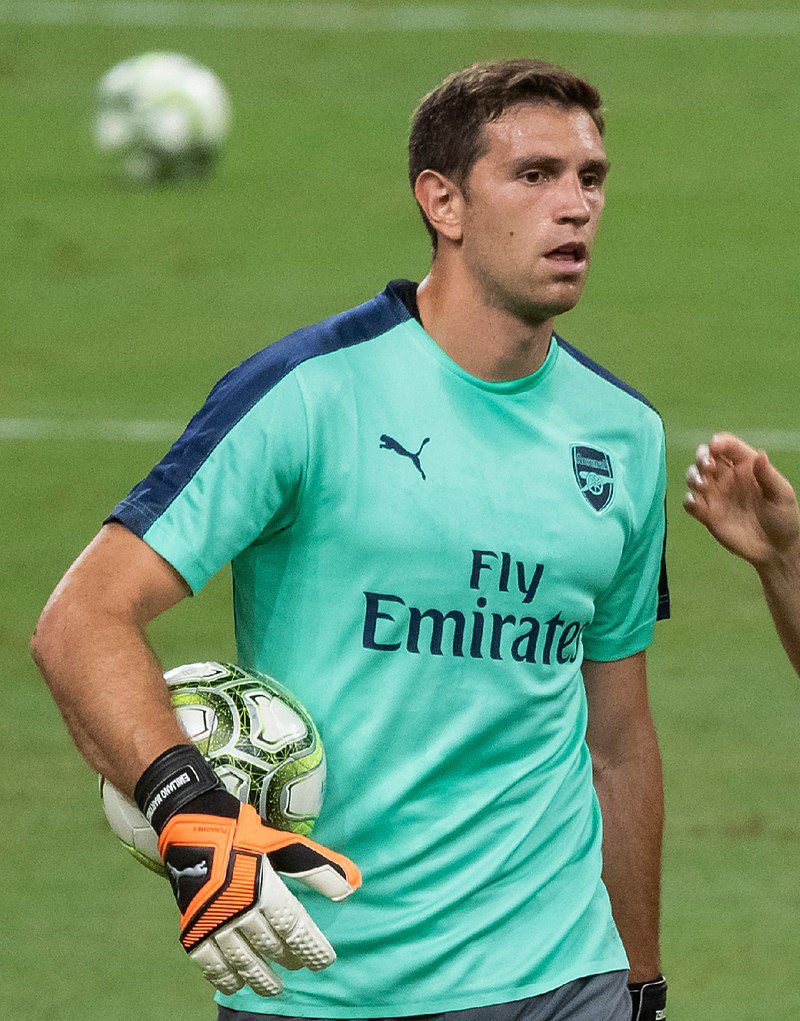
Martinez has the golden touch
Some goalkeepers just seem made for shoot-outs; Emiliano Martinez is definitely one of them. Martinez has won four out of five shoot-outs in his career, and all three with Argentina.
One of those came last year against Colombia, en route to Argentina’s Copa America success. Two of them came in Qatar, and Aston Villa goalkeeper Martinez made three crucial stops across those shoot-outs.
Yet for his shoot-out heroics, it should not be forgotten that Martinez made a vital save late in extra time, preventing France from completing the comeback of all comebacks. Perhaps if it had been Mbappe, instead of Randal Kolo Muani, who ran through on goal, then Martinez wouldn’t have stood a chance, but as it was, he stuck out his left leg and made a stop that will go down in history.
Don’t underestimate too just how important it will have been to Argentina knowing that, if push came to shove and penalties were required in any match, they had one of the best shoot-out goalkeepers to call on.
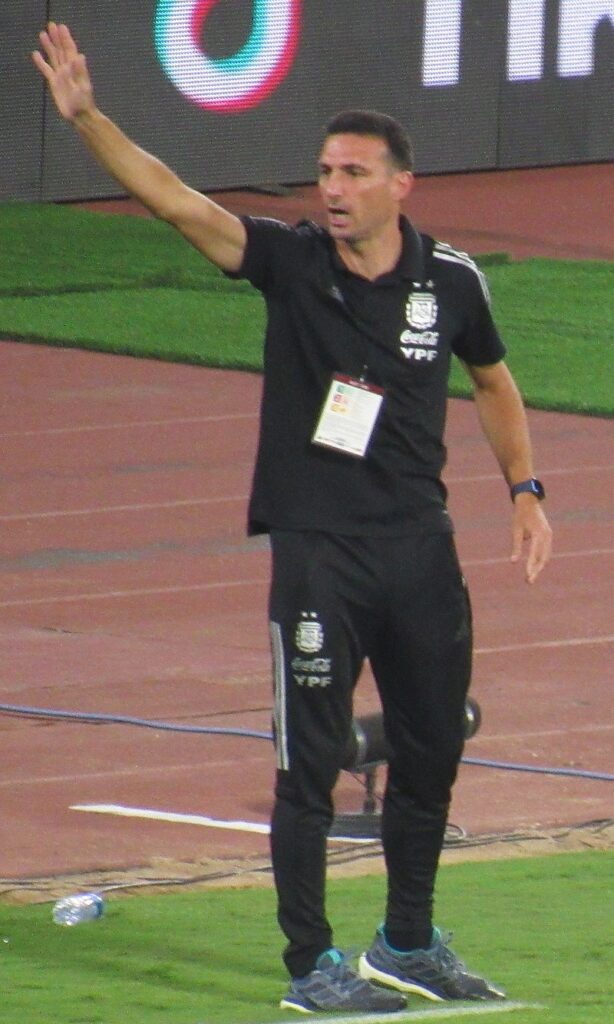
Scaloni’s tactical flexibility
Lionel Scaloni is the third coach in history win both the World Cup and Copa America, after Mario Zagallo (1970 World Cup, 1997 Copa America) and Carlos Alberto Parreira (1994 World Cup, 2004 Copa America), both of whom did so with Brazil.
For all Messi’s brilliance and Martinez’s shoot-out antics, Scaloni has to take immense credit. He has achieved what no Argentina coach had done since 1986, a year on from ending a 28-year wait for a 15th Copa America title.
Scaloni’s best facet in Qatar was his ability to switch between systems. While sometimes he did not, perhaps, react quickly enough in-game, he came up with tactical gameplans that often nullified the opposition for large chunks of matches.
He deployed a back three against the Netherlands, combatting Louis van Gaal’s own 3-5-2 system. Scaloni switched back to a 4-4-2 shape in the semi-finals, with Leandro Paredes drafted in to help stem Croatia’s midfield trio of Modric, Mateo Kovacic and Marcelo Brozovic. Even for the final, Argentina’s coach had a trick up his sleeve, bringing in Angel Di Maria, playing him high on the left flank and ensuring his side dominated every area of the game for the opening hour.
COURTESY FIFA WORLD CUP COMMUNICATIONS
